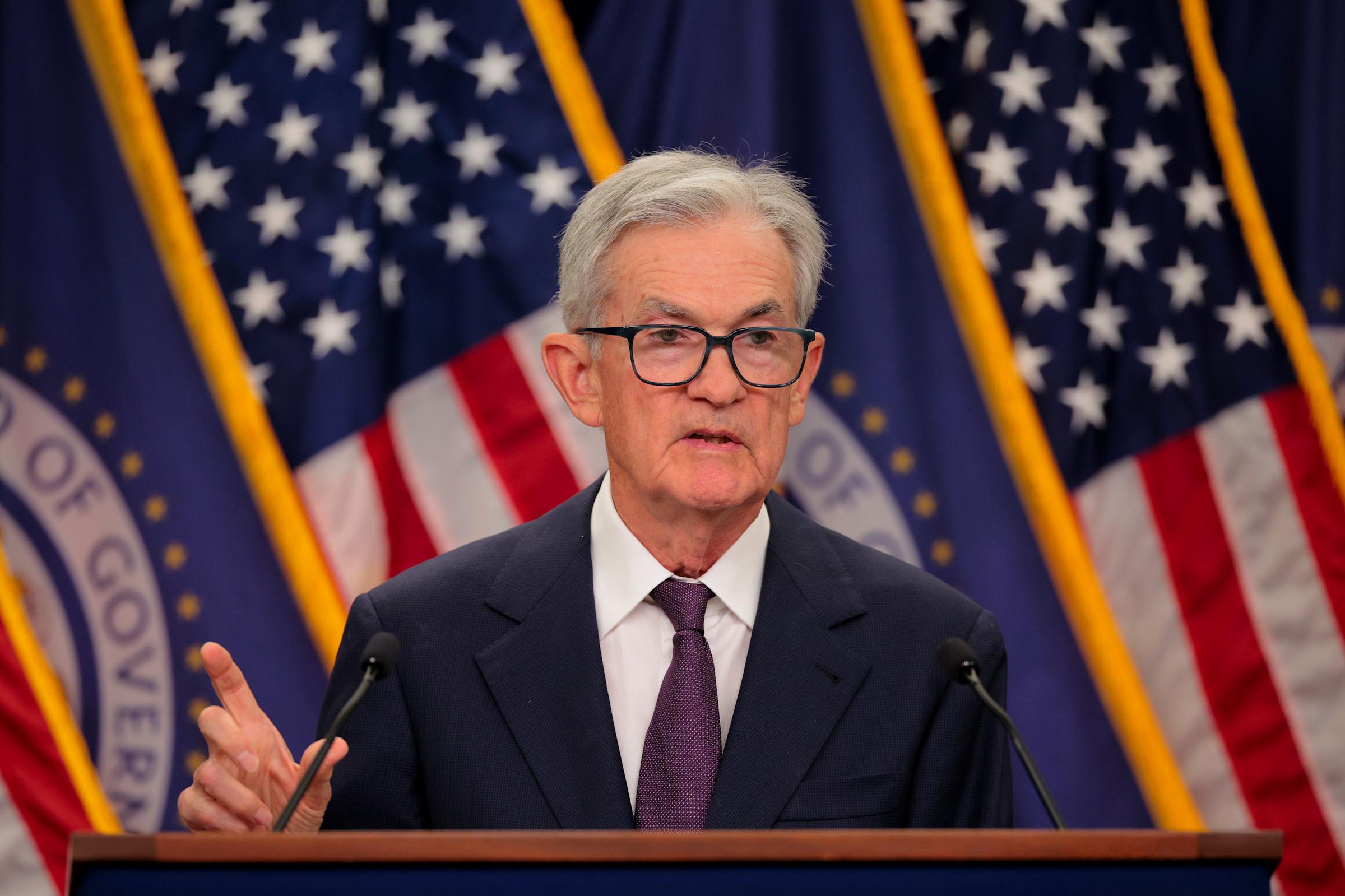We’ve seen it before, but it’s still jarring. The Federal Reserve lowers short-term interest rates, and mortgage rates inexplicably increase. It happened last September and again with the first Fed cut of 2025 last week. So, what’s going on?
First of all, the Federal Reserve and mortgage rates are working on two ends of a timeline. The Fed steers short-term interest rates, and mortgage rates are influenced by long-term bonds.
When the Fed cuts its federal funds rate, as it did by a quarter-point on Sept. 17, here’s what happens:
-
The fed funds rate falls. That’s the interest rate charged to banks for overnight loans from other banks.
-
The prime rate falls. That is the interest rate financial institutions charge to their most-favored customers.
-
Savings account rates fall, as do interest paid on certificates of deposit (CDs), and on checking, brokerage, and cash management accounts.
-
Loan rates fall. That can include personal loans, home equity loans, and home equity lines of credit (HELOCs).
-
A little later, other short-term rates move lower, such as credit card interest rates.
Dig deeper: How the Fed rate cut affects your bank accounts, loans, credit cards, and investments
Mortgage rates are longer-term debt, as anyone with a 30-year home loan knows. That’s a very long debt runway. The fixed rate you pay is evergreen, with a margin built in to last through many interest rate cycles.
That means it’s priced to a longer-term benchmark, such as the 10-year Treasury.
The bond market generally reacts to longer-term events, such as inflation, employment, and macroeconomic trends.
Sometimes, mortgage rates fall after a Fed rate cut. Sometimes, they don’t. Many times, they’ll decline in expectation of falling short-term interest rates in the weeks leading up to a Fed meeting. Then, occasionally, they bounce back up.
In fact, weekly 30-year fixed mortgage rates generally began dropping on May 29, 2025, from 6.89% all the way down to 6.26% by Sept. 18. The Fed cut rates on Sept. 17, and rates bounced up to 6.30% on Sept. 25.
What will it take for mortgage rates to continue a downward trend?
“With rates drifting higher following the Fed’s rate cut, softer labor or inflation data will be needed to reignite hopes for lower yields and mortgage rates,” loanDepot’s head economist Jeff DerGurahian said in an analysis.
It’s not the Fed, it’s the economy.
Don’t pin your home-buying hopes on short-term events, day-to-day trends, and all the other things out of your control. Once you have your down payment in hand, a home-buying budget ready to go, and an idea of how much house you can afford, make a real-life plan to buy a house.
Know the mortgage interest rate range you can handle and have your list of potential mortgage lenders lined up.
Then don’t look back.
Laura Grace Tarpley edited this article.
Yahoo News – Latest News & Headlines
Read the full article .


